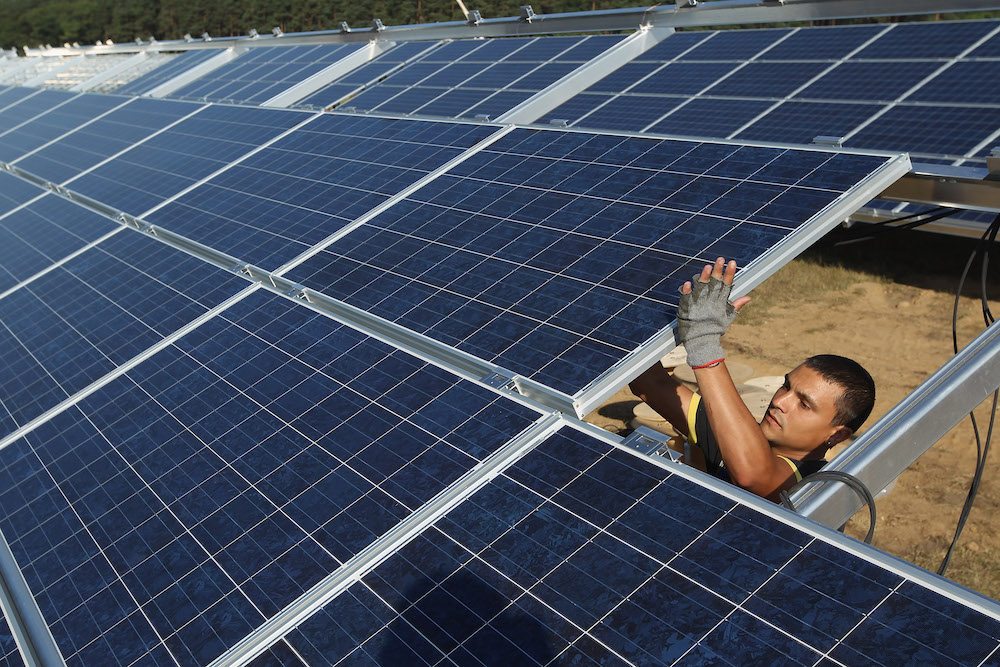- Community projects give more people access to solar energy
- Startups including Solstice are growing even in the pandemic
- The U.S. government is behind a push to make solar energy accessible to every household and business by 2025
About half of U.S. households and businesses cannot put solar power systems on their roofs, because of the building’s location or installation costs or any number of reasons. That prevents many Americans — especially those with lower incomes — from tapping into the potential of the inexpensive renewable energy source.
A growing number of “community solar” startups, including Solstice, want to change that. The concept is simple: occupants who can’t put solar panels on their own buildings sign up with a solar energy farm, which provides electricity to their local utility. The utility then credits the occupants for their portion of the electricity. Companies like Solstice generate revenue by taking a portion of the credit the occupants receive.
“We are working to create a just and equitable energy system,” Stephanie Speirs, Solstice’s CEO and co-founder, told Karma. “We are making the market more inclusive.”
The U.S. government has thrown its support behind community solar. Late last year, the Department of Energy launched the National Community Solar Partnership, a coalition of government agencies, companies and universities that is working to make sure every American household has access to affordable community solar by 2025. With the right regulatory environment, 100% of homes and businesses could benefit from the sun’s energy, a department report said.
The use of solar energy is surging. Solar accounted for 40% of all new electric generating capacity added to the U.S. grid last year, according to the Solar Energy Industries Association. Solar Photovoltaic (PV) capacity in 2019 reached 77.7 gigawatts of total installed capacity, enough to power 14.5 million American homes, the group said.
Even after factoring in the pandemic, renewable power generation is expected to rise 5% this year due to wind, solar and hydroelectric projects that have come online since the beginning of 2019, according to the International Energy Agency. Florida Power & Light received approval in March for what it calls the largest community solar program in the U.S. The company plans to add 20 new solar power plants — totaling 1,490 megawatts — by mid-2021.
Since entering the market in 2017, Solstice has focused on New York and Massachusetts. In March, Solstice and partner ForeFront Power announced that they turned on two community solar farms in New York State’s Orange and Ulster counties that produce enough energy to power about 800 households.
“Our growth has mirrored the industry,” Speirs said. Since the pandemic hit, Solstice has seen a growth in referrals through its community partners. These partners, which include fitness centers and houses of worship, introduce Solstice to their members and get a referral fee for everyone that signs up.
“This is really resonating with people,” Speirs said.
Solstice’s growth has enabled it to attract investors. The company raised $4.28 million as of February 2019, according to Pitchbook. Speirs said it is in the process of obtaining a convertible note, without providing a dollar figure.
Speirs said that she and co-founder Sandhya Murali have had to deal with “dumb comments” from investors regarding the fact that the company is female-led. When Murali took time off to have a child, a potential investor felt compelled to ask about the company’s maternity leave policy, Speirs said.
“I responded, ‘Have you ever asked a male co-founder about his company’s maternity leave policy,’” she said. “Of course not.”
Photo by Sean Gallup/Getty Images






















